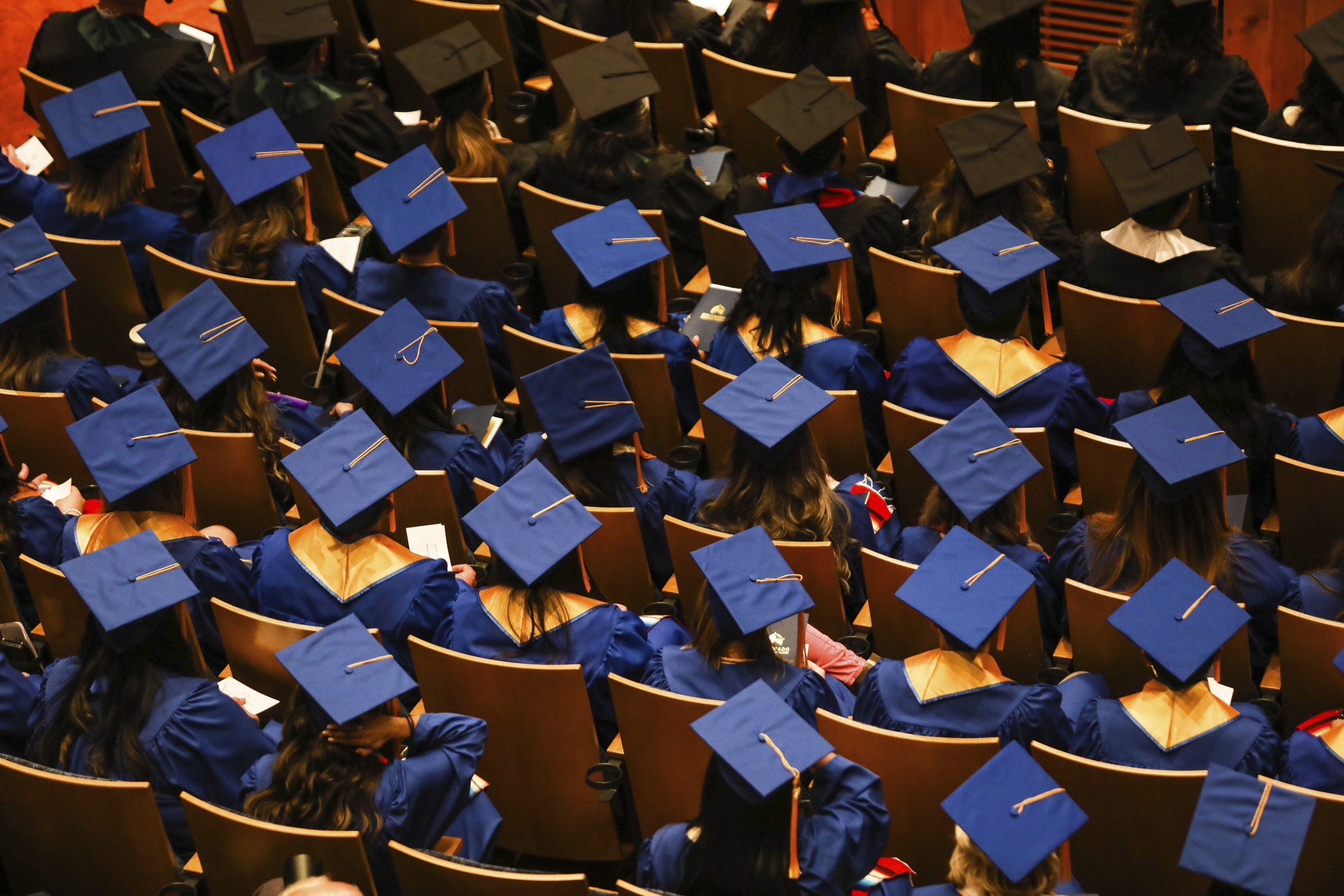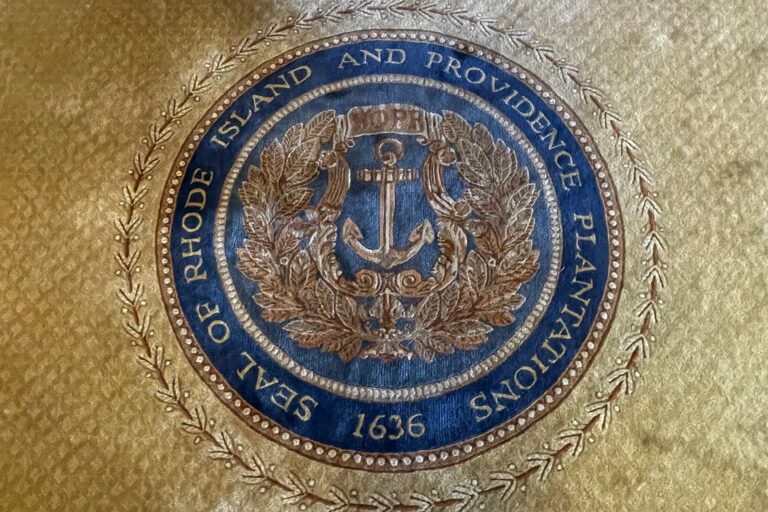
Student loan collections resume for millions of Americans as of Monday, after the Department of Education officially ended the five-year, COVID-era pause.
With nearly 10 million borrowers facing a current or impending default, a large portion of the country could soon experience abrupt financial pressure as the Treasury Department-led aggressive loan collection program commences.
Why Are Student Loan Payments Resuming?
In its April 21 announcement, the Department of Education said that resuming collections would protect taxpayers “from shouldering the cost of federal student loans that borrowers willingly undertook to finance their postsecondary education.”
“American taxpayers will no longer be forced to serve as collateral for irresponsible student loan policies,” Secretary of Education Linda McMahon said. “The Biden administration misled borrowers: the executive branch does not have the constitutional authority to wipe debt away, nor do the loan balances simply disappear.

Chris Dillmann/Vail Daily via AP
While federal student loans typically default after 270 days, none has been subject to collection since March 2020. The Trump-era pause was extended several times by the Biden administration, which also canceled loans for over 5 million borrowers worth nearly $190 billion.
The Department of Education is now urging those in default to begin making monthly payments or enroll in a suitable payment plan. In addition to voluntary repayment plans, the resumption of collections will include involuntary measures such as wage garnishment, tax refund seizures, and reductions in Social Security benefits.
How Much Student Loan Debt Is There?
The Department of Education says 42.7 million borrowers currently owe over $1.6 trillion in student debt. Some 5 million of these borrowers have not made a monthly payment in over a year and are in default.
An additional 4 million borrowers are in “late stage delinquency,” and about to default on late payments, which the department says means “almost 10 million” are now at risk of getting wages garnished or tax refunds withheld. The “Treasury Offset Program” will target IRS tax refunds, social security benefit payments, as well as Railroad and Office of Personnel Management (OPM) retirement benefits.

Alex Brandon/AP Photo
Student Loan Borrower Assistance states that the government will only be permitted to seize a tax refund that has not yet been sent to the taxpayer, meaning those who have already received refunds will not be at risk of a seizure until 2026.
The Department of Education said it will not begin garnishing paychecks until after the 30-day garnishment notices are sent out “later this summer.”
Which Repayment Plan Will You Be Placed On?
To exit default, borrowers have two main options. One is loan rehabilitation, which involves making nine consecutive monthly payments set by the loan servicer, and which can erase a default from borrowers’ records if they make this series of required payments within a set period.
A faster option is loan consolidation, which lets borrowers merge multiple defaulted loans into one Direct Consolidation Loan. This enables them to promptly join an income-driven repayment plan and start making monthly payments.
All borrowers in default should have received communications from the Office of Federal Student Aid at some point over the past two weeks. These urge them to contact the Default Resolution Group to arrange monthly payments, join an income-driven repayment plan, or sign up for loan rehabilitation.
Borrowers can visit studentaid.gov to check their status and see what repayment plans are available.




